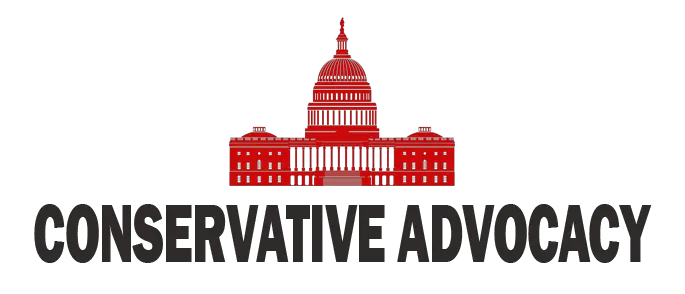A mere two weeks after Donald Trump outmaneuvered Kamala Harris in the 2024 election—taking both the popular and electoral votes—David Hogg found himself scratching his head in confusion. Undeterred by this reality, Hogg, an outspoken advocate for gun control and a social media personality, arranged a gathering with “researchers and activists” to brainstorm ways to reel young men back into the Democratic Party’s clutches. It seems young males weren’t exactly flocking to join the ranks of the left, and Hogg had some urgent soul-searching to do.
The trend was hard to miss: minority voters, specifically younger demographics, were showing a surprising tilt toward Trump. According to insights from Neetu Arnold, a policy analyst at the Manhattan Institute, the voting patterns were clear. Hispanics and Asian Americans appeared to be jumping ship, or at the very least, considering a change of allegiance. Arnold pointed out that the shifting loyalties showed a diminishing bond with the Democratic Party that had long been taken for granted. The results left many liberal pundits wondering if their monopoly over minority votes might be more fragile than they believed.
David Hogg Concerned By Exodus of Young Men from the Democrat Party @BreitbartNews https://t.co/9sDMJxaI3S
— AWR Hawkins (@AWRHawkins) November 20, 2024
Adding to the humor of the situation, the Associated Press recently published an opinion piece emphasizing that young Black and Latino men were opting for Trump due to economic concerns and jobs—an ironic twist considering the narrative often peddled by the left about who really cares for these communities. Just when the Democrats thought they had everything planned out, those pesky economic realities crept back into the conversation. The young voters Hogg was counting on seemed to be far more concerned about their bank accounts than party politics.
When examining the statistics, it was revealed that even among voters aged 18-29, Harris only defeated Trump by 13 points—55% to 42%. Pollsters had expected a much larger margin, but it appears that a social media resurgence of pro-Trump sentiments made it “cool” for college students to support him. The likes of pollster Ken Towery indicated that inflation had taken its toll on these young voters, reminding them of Ronald Reagan’s popularity back in 1980. As history sometimes tends to repeat itself, the young and restless were feeling the pinch, leading them to favor economic opportunities over liberal ideology.
Initially, Hogg was optimistic, posting on social media that young people would lead Democrats to victory on Election Day. However, that optimism faded into frantic efforts to understand why young men weren’t adhering to party lines. With his latest posts echoing uncertainty, it was clear that securing the youth vote would require a new strategy—one that might just need to address real-world concerns rather than focusing solely on ideological battles over platforms and policies.
As Hogg realizes that youths are not as enamored with the Democratic agenda as he had initially hoped, it becomes glaringly evident that the party might want to rethink its approach. Instead of propping up tired memes and social justice narratives, perhaps they should consider addressing the everyday worries of American voters, especially the all-important young male demographic that Hogg seems desperate to win back.




